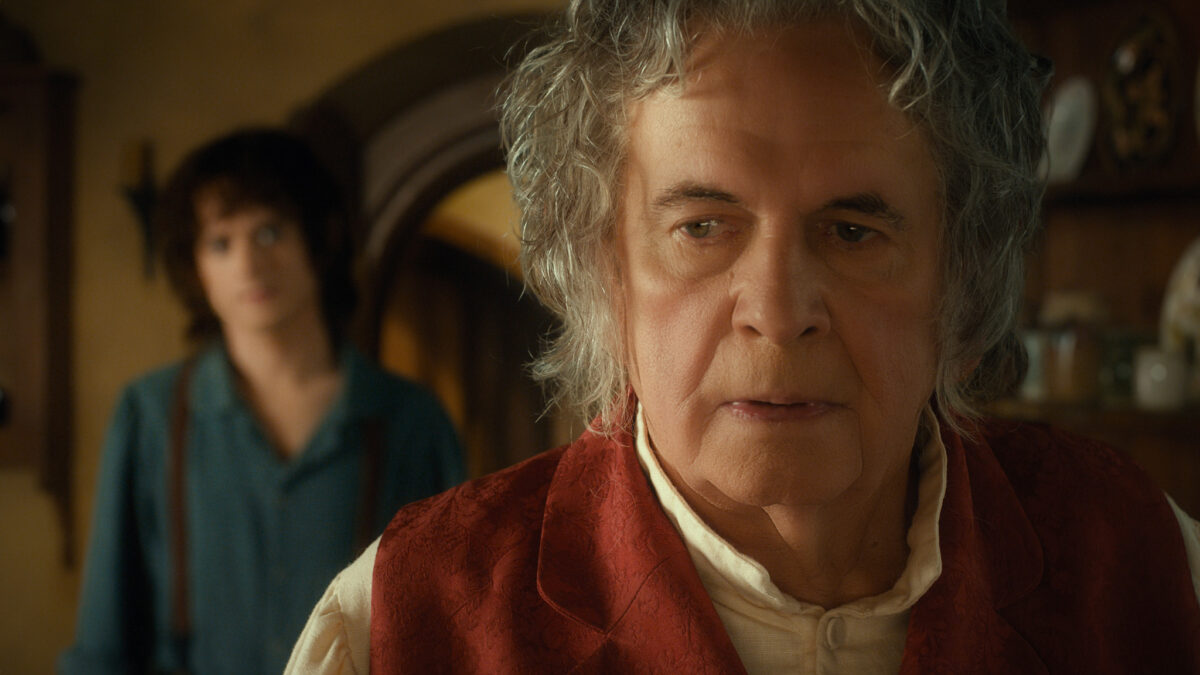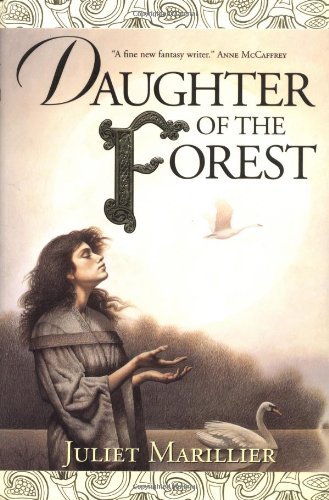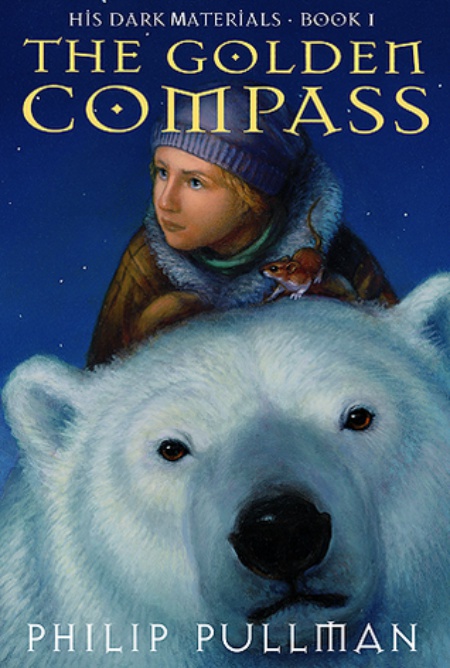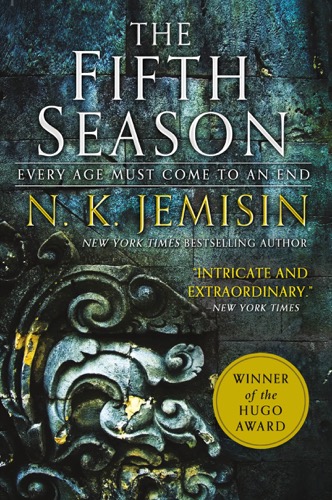
Many of the finest works of fantasy ever written are sadly… still being written. Tired of falling in love with a series only to find out that the next book has been in the works for decades, and may never come out at all? Looking at you, Winds of Winter. While I can’t finish your favorite series for you, I can write you a list of the 10 best fantasy series that have actually been completed.
The Malazan Book of the Fallen

Are you a Dark Souls fan from afar? Maybe you’d like to dive in to these dark and lore drenched worlds greathelm first, but the unforgiving combat is just to “I wanna throw my controller through the TV” hard? Steve Erikson’s The Malazan Book of the Fallen is the series for you! These ten tomes detail the rise and fall of gods and empires in a grimdark fantasy world. The series is notoriously dense, and requires a reread (or scribe-like note taking) to understand the full, gritty and grandiose picture. Shifting between multiple POV characters across kingdoms, continents and ages, The Malazan Book of the Fallen is a Bible-sized work of dark fantasy not for the faint and un-grimdark of heart.
The First Law Trilogy

Hailed as one of most underrated works of modern fantasy around, Joe Abercrombie’s The First Law trilogy reads like a bunch of sociopaths in a supermax prison decided to play a rousing game of Dungeons and Dragons. Chaotic neutral to the core, the first book The Blade Itself follows a group of high fantasy ne’er do wells through a grimdark world rocked by constant violence and political upheaval. A nine fingered barbarian, a disgraced knight turned torturer, and a noble whose heart is anything but – each of these antiheroes must betray and backstab their way through a world far more lawless than the series title suggests. Yes, the series is finished, but you might feel the need to take a shower when you’re done reading it.
The All Souls Trilogy

Dr. Diana Bishop may be living in the modern era, but her interests in the ancient arts of witchcraft and alchemy call her back to the dark days of yesteryear – when witches were burned for that sort of thing. Deborah Harkness’s A Discovery of Witches concerns the good doctor’s discover an ancient magical text thrumming with a magnetic power, which draws all manner of supernatural entities into its orbit. One of these paranormals is a 1500 year old vampire geneticist drawn to the mystic manuscript, who reveals that its potent magic could tear apart the seams of a supernatural society that exists just beyond the veil of our reality. If the otherworldly creatures of the night fear some simple scraps of paper, then perhaps this text is not to be trifled with. But Dr. Bishop’s gonna trifle, and her meddling spawns three brilliant books. Thanks, Doc.
The Winternight Trilogy

Set in the frozen wilderness of medieval Russia, Katherine Arden’s The Winternight Trilogy is the story of a young peasant girl who breaks from folk wisdom to go traipsing around with the spirits of the forest. Using her ability to see the unseen world, Vasya communes with the old powers of the earth – in direct opposition to the teachings of the Christian missionaries looking to establish a hold over society. While gazing beyond the veil, she happens to glimpse a fearsome frost demon who is particularly easy on the eyes. The demon warns her that her world is danger, a bearlike spirit of death has taken control of the Orthodox Church, and threatens to plunge the land into an endless winter. Lucky for the land, the slowburn romance between Vasya and her frost demon companion should melt away the snows.
The Sevenwaters Series

Set in ancient Ireland, The Sevenwaters Trilogy is the story of Sorcha, the seventh child of Lord Colum of Sevenwaters – and his only daughter. Raised by her brothers in rustic bliss, Sorcha’s life is upended after her father brings home a new wife – the dark sorceress Lady Oonagh. After bewitching Sorcha’s father, Lady Oonagh adds insult to injury by turning Sorcha’s six brothers into swans. A fowl deed. After appealing to the “fair folk”, the fae spirits of the realm tell Sorcha that the curse can be lifted if she can sew six shirts made from a painfully pokey plant called stalwort – but there’s a catch. If she speaks or cries out in pain even once, the curse will become permanent. To make matters worse, Sorcha is kidnapped by enemy soldiers and taken to a foreign kingdom, where she must continue her work in silence. Sorcha’s days are made easier after she meets a young nobleman named Red, who falls in love with her despite their inability to communicate with words.
His Dark Materials

Written by Phillip Pullman as a subversion of Paradise Lost, His Dark Materials is a stunning work of revisionist Christian fantasy that managed to make the modern church very angry. This often banned book centers around Lyra Belacqua, a twelve year old girl who lives in a parallel world almost but not quite like ours. The key differences being 1. everyone in the world is accompanied by a spirit animal that serves as a living embodiment of their soul and 2. the world is dominated by an evil church that currently trying to murder Lyra for discovering a heretical secret of the universe. With the help of a magic compass and a knife that can cut through anything (including the fabric of reality) Lyra embarks on a multiverse hoping quest to discover the secrets of existence, and maybe kill God in the process.
The Earthsea Cycle

One of the most celebrated works of fantasy ever penned, Ursula K. Le Guin’s Earthsea Cycle is a children’s fantasy series that thrums with adult wisdom. The first novel, A Wizard of Earthsea, tells the story of Ged, a young boy not content to live on a boring island surrounded by goat farmers. Ged wants to be a wizard (who wouldn’t given the options?) and apprentices a wizened old sorcerer on a quest to follow his dream. In this world, a wizard’s power is marked by their ability to maintain equilibrium with the natural world – an equilibrium that Ged upsets after summoning a dark spirit when mucking around with black magic. As the series goes on, Ged grows from a headstrong but weakbrained youth to a wizened old thaumaturge, capable of fighting dragons, sailing across oceans, and traveling to the world of the dead… and returning to tell the tale.
The Broken Earth Trilogy

N.K. Jemison’s The Broken Earth Trilogy is a post-apocalyptic fantasy series about a supercontinent ravaged by climate change, caused by a powerful energy wielder with a grudge against the world. The society that spans the continent is divided into strict castes, with the energy-manipulating orogenes sitting at the very bottom. After a powerful orogene plunged the world into chaos after creating an atmospheric cataclysm a century ago, three orogene women with different pasts must struggle to accomplish a similar task: survive. Easier said than done when you belong to a social group targeted with hatred and oppression by those who fear your powers. The trio can only keep on keeping on across a vast continent, and across three comparably sized books.
The Green Bone Saga

Beginning with Jade City, The Green Bone Saga is an urban fantasy series inspired by mid-century East Asia. Fonda Lee’s novels take place on an island where jade is the key to power and glory. In this world, jade is capable of granting magical abilities to those who understand its mysteries, and as a result the jade trade is tightly controlled by one of the city’s most powerful criminal families. The precarious balance is tipped after a rival clan attempts to muscle in on the jade market, leading to all out gang warfare between the two families. Things get even more Romeo and Juliet when two high ranking members from each family fall for one another, and the Shakespearean vibe reaches a peak after the city falls into the grip of a deadly disease that threatens to put a plague on everyone’s houses, literally.
The Daevabad Trilogy

S.A. Chakraborty’s The Daevabad Trilogy is the story of a city that you never want to visit. Inspired by the mythical metropolis that appears in One Thousand and One Nights, the trilogy’s first novel The City of Brass concerns one street swindler’s search for the home of the spirits. After summoning a powerful djinn by mistake, young Nahri discovers that she hails from a long line of nobles that once ruled over the City of Brass, and embarks on a pilgrimage to her ancestral home at the djinn’s request. A warm welcome is not what she receives, as the city is home to a multitudes of spirits each vying for political power. A newcomer with a noble birthright is anything but welcome, but Nahri has come to claim what’s hers or die trying. Considering the circumstances, the latter is quite likely.
(Featured Image: MGM/Warner Bros. Pictures)
Have a tip we should know? [email protected]







